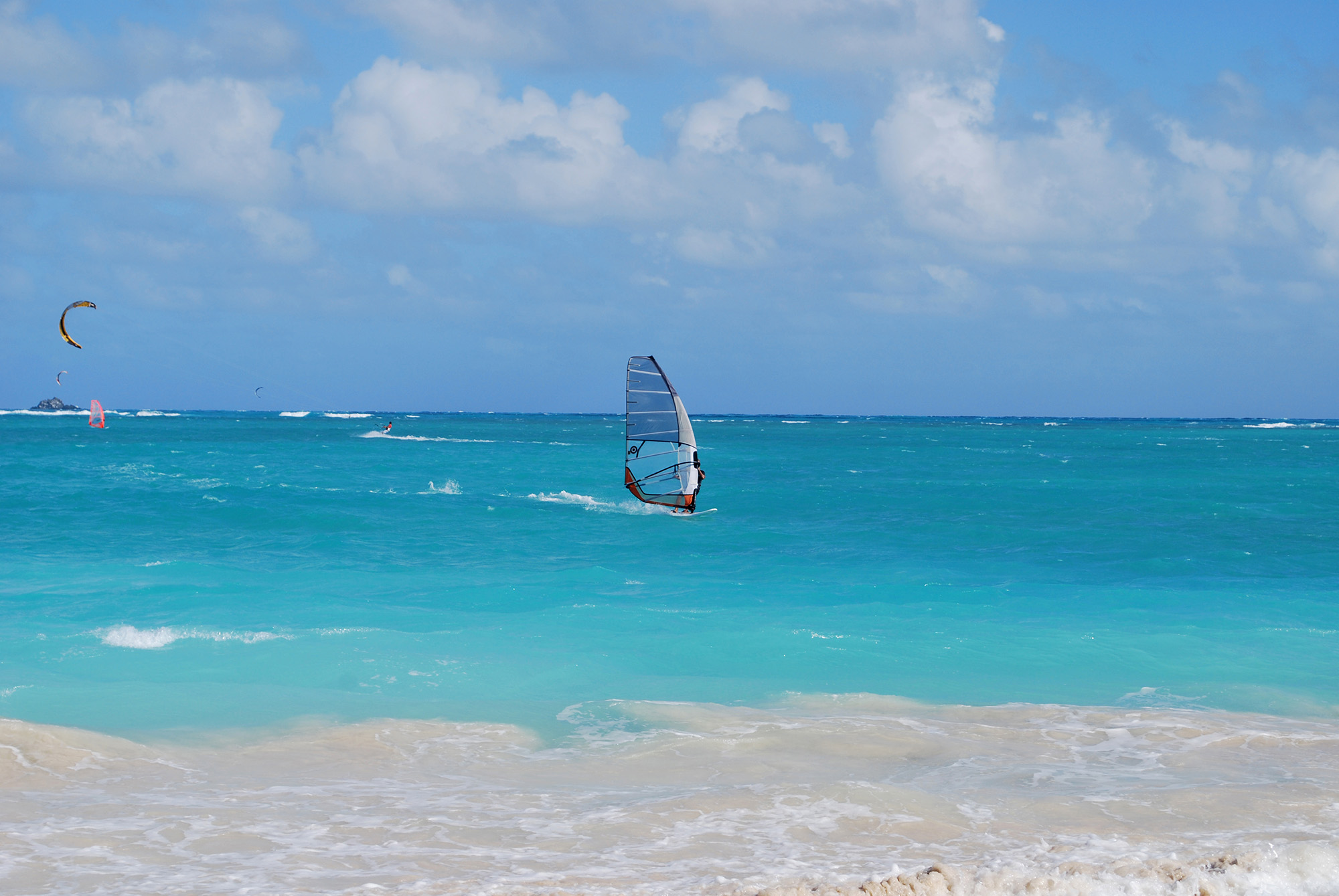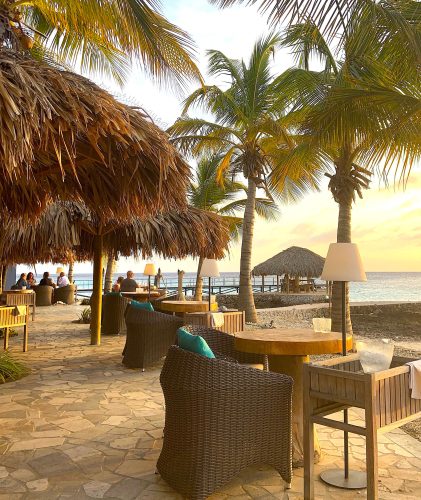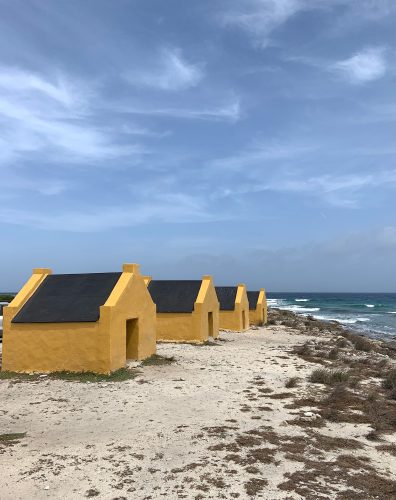- © 2025 Annapolis Home Magazine
- All Rights Reserved

 Unlike a Caribbean Island where sunbathers go to daydream under the blazing sun on a stretch of sandy white beach, Bonaire is a place for the physically active. In this respect, there are four reasons to visit the Dutch island of Bonaire: to windsurf, kite-surf, scuba-dive, or snorkel. If you do one of these four, you have landed in paradise. Of course, there are other reasons to visit. In addition to the flamingos, donkeys, salt mines, and the drive along the coast that are sure to keep you enchanted, Bonaire has some of the finest restaurants in the Caribbean. But these four activities are what draw so many people to this island.
Unlike a Caribbean Island where sunbathers go to daydream under the blazing sun on a stretch of sandy white beach, Bonaire is a place for the physically active. In this respect, there are four reasons to visit the Dutch island of Bonaire: to windsurf, kite-surf, scuba-dive, or snorkel. If you do one of these four, you have landed in paradise. Of course, there are other reasons to visit. In addition to the flamingos, donkeys, salt mines, and the drive along the coast that are sure to keep you enchanted, Bonaire has some of the finest restaurants in the Caribbean. But these four activities are what draw so many people to this island.
A municipality of the Netherlands located east of Central America, Bonaire is one of the ABC islands, along with Aruba and Curaçao. Sweeping inward from the Atlantic Ocean, the trade winds make Bonaire an exceptional locale for windsurfers. The right winds are a must, but it is Lac Bay, the gorgeous and vivid blue warm water lagoon, that makes Bonaire such a haven for windsurfers. The water is only knee-deep, so if you fall often, you don’t have to exhaust yourself treading water as you climb back onto the board.
It’s the windsurfing that drew us to Bonaire. I wish I were writing as an expert, but my wife, Kymberly Taylor, is the windsurfer. I took lessons, so at least I can ascertain that you must have exceptional balance and strength to windsurf. So as not to miss the best winds, we stayed right on Lac Bay at the Sorobon Beach Resort, the only housing right on the lagoon. ‘Resort’ is a misleading description for the modest bungalows that make up this beachside village; nevertheless, the tropical landscape with chirping yellow-shouldered parrots and instant access to the most beautiful waters makes the Sorobon an unforgettable spot.
While on Lac Bay, you will want to spend a late afternoon or evening at Jibe City, where you can rent windsurfers, take lessons, or just hang out at the lively beachfront bar and restaurant.
Windsurfing is a great attraction, but even more people visit these waters to snorkel and scuba-dive. Bonaire is consistently ranked one of the best shore scuba-diving spots in the world. The waters around the island are a strictly managed park, so they are not fished out as many island waters seem to be. Not far from shore, you will see the grand coral reefs teaming with marine life: sea turtles, blue angel fish, parrotfish, yellow snapper, and more.
If you have come to scuba-dive, you can take lessons at any number of the schools on the island. However, it is far better to arrive with training already under your belt, as most of the lessons offered locally tend to be crash courses. For a beginner to scuba-dive safely, education and much practice under qualified supervision are required.

The coral stone slave huts of Bonaire have been preserved by the Dutch.
Apart from all the tremendous water sports you can enjoy, the island will also captivate those sensitive to history. Bonaire has a long, complex history as an island colonized by the Spanish and the Dutch. When the Dutch took possession in 1633, they developed Bonaire as a plantation island. Rather than strategically erase signs of the brutal slave labor that prevailed until 1683, the Dutch have acknowledged this history through the preservation of slave huts. The tiny coral stone slave houses along the coast are a must-see and serve as a poignant historical record and memorial of insufferable labor.
A typical visitor spends the day engaged in water sports or tours the island and then, in the evening, dines at one of the superb restaurants. The best restaurants offer seafood and fine European cuisine. The catch here is critical: you must make your dinner reservations way before you even arrive on the island. You don’t want to travel all the way to Bonaire only to be told by an insistent host that the restaurant is completely full—not only tonight but tomorrow night and the night after, too.
We hope our recommendations save you a little bit of time better spent diving into clear blue waters and exploring all the splendors Bonaire has to offer.
At Sea: atseabonaire.com | Brass Boer: brassboer.com | Ocean Oasis: oceanoasisbonaire.com | Sebastian’s: sebastiansrestaurantbonaire.com
Harbour Village Beach Club, 4-star hotel: harbourvillage.com
Bellafonte Luxury Oceanfront Hotel Bonaire, 4-star hotel: thebellafonte.com
Sorobon Beach Resort, modest cottages for devoted windsurfers. Ask for cottage closest to the ocean: sorobonbeachresort.com
• If you want to enjoy Bonaire’s fine dining, make your reservations well in advance of your trip.
• If you plan to snorkel or scuba dive, bring a good pair of water shoes. Many of the best spots have a rocky beach.
• To travel throughout the island of Bonaire, you need a car. Rental cars are limited during the busy seasons, so rent a car in advance.
© Annapolis Home Magazine
Vol. 14, No. 1 2023